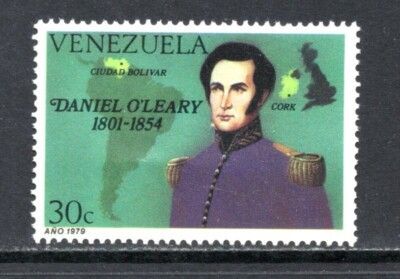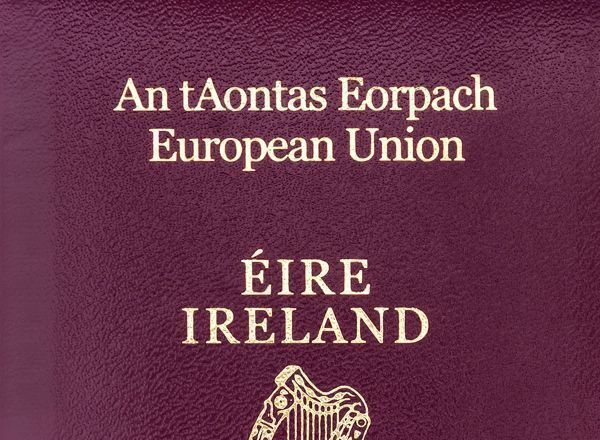When did the poets eat a peacock?
Seven poets gathered to eat a peacock over a century ago, Sunday, Jan. 18, 1914, at 12:30 p.m.
And why would they do a thing like that?
W.B. Yeats and Ezra Pound, the most famous of the lot, organized the gathering to honor the Victorian poet, horse-breeder, and anti-imperialist Wilfrid Scawen Blunt, who was married to Byron’s only granddaughter. Blunt was actually a mediocre poet, but he was tall, handsome, and notorious for his protests against British imperialism in Egypt and in Ireland. He lived a life that was operatic in its scale and drama. It was primarily his iconoclastic behavior that appealed to Pound, who wanted to meet him.
And why did they eat a peacock?
Blunt was also notorious for his philandering, and one of his early romances had been with the Irish writer Lady Gregory back in 1882. Behind the scenes Lady Gregory (at Yeats’s request) helped plan the dinner. It was she who suggested the main course, because she knew that Blunt had a flock of peacock and that Yeats had always wanted to taste that particular bird. One bird was not enough for all those hungry men, and Blunt, who hosted the dinner at his manor house in West Sussex, served roast beef in addition to roast peacock.
Why were only men invited?
Pound told Yeats he wanted to avoid the atmosphere of what he called “literary men’s wives.” In fact all the men at the dinner knew many women poets, but Pound aimed to ground his own writing in a tradition of literary masculinity and identified Wilfrid Blunt – with his oppositional politics, his good looks, and his women – as a role model. Blunt, who still felt great affection for Lady Gregory over thirty years after their affair, hoped she would attend the dinner, but she claimed a family obligation.
However, women were present as the invisible connections between the men: Blunt had allied himself to Lady Anne in large part because she was Byron’s granddaughter; Richard Aldington, one of the other poets, had recently married Pound’s former fiancée Hilda Doolittle, and Pound was engaged to Dorothy Shakespear, the daughter of Yeats’s first lover, Olivia Shakespear; and Yeats had met Blunt through Lady Gregory.
How can you get a whole book out of one meal?
What interests me are the overlapping biographies of the celebrity writers, their intimate friendships and their literary partnerships. They worked together under the same roofs. After her last night with Blunt, Lady Gregory handed him a sonnet sequence she had written about their adulterous affair. Later Blunt (with her permission) published the sonnets under his own name, “improved” by himself with revisions to some her words. In 1901, at Lady Gregory’s estate Coole Park, Yeats and Gregory together wrote “his” most famous play, “Kathleen Ni Houlihan,” presented to the world as if it were his alone. And in the winter of 1913 – 1914, Pound and Yeats were living together at Stone Cottage in Sussex, writing poetry and reading one another’s manuscripts with the ink barely dry. Out of all these intimacies the peacock dinner was constructed.
Then isn’t the book a kind of literary gossip?
Yes indeed; and why not? This is what literary history is made of. In their letters to one another and their poems, all these writers talk about one another, about their friendships, their rivalries, and their romances, and out of these relationships poetry is made. Pound twice made poetry out of the peacock dinner itself, attacking one of the other peacock poets, Victor Plarr, in his 1920 poem “Hugh Selwyn Mauberly” and commemorating the dinner and Blunt’s generosity to the poets in “Canto 81” (1945). Lady Gregory’s romance with Blunt inspired not only her love sonnets but her own literary career.
If the dinner took place in West Sussex, how important is the Irish element?
Blunt was very proud of being the first Englishman imprisoned in the cause of Ireland. In fact he was determined to be arrested: in 1887, during the Land War, he attempted to speak at a banned meeting in Galway, and after the second time the police pulled him off the platform, he shouted, “Are you all such damned cowards that not one of you dares arrest me?” The police took the hint, and before long Blunt was locked up in Galway Gaol, where he wrote a sonnet sequence that Oscar Wilde praised in a review and Yeats anthologized. He also wrote a play on the Cuchulain theme for the Abbey Theatre. And of course, the dinner could not have happened without Yeats and Lady Gregory. In its politics, its oddness, and the sympathies of those at the table, the peacock dinner was in large part an Irish event.
As told to Peter McDermott.
Lucy McDiarmid
Lucy McDiarmid is the author of “Poets and the Peacock Dinner: the literary history of a meal” (Oxford University Press). Her next book, “At Home in the Revolution: what women said and did in 1916,” will be published this fall by the Royal Irish Academy. Her previous works include “The Irish Art of Controversy” (2005). She is the Marie Frazee-Baldassarre Professor of English at Montclair University in New Jersey. For more information go to: lucymcdiarmid.com.









